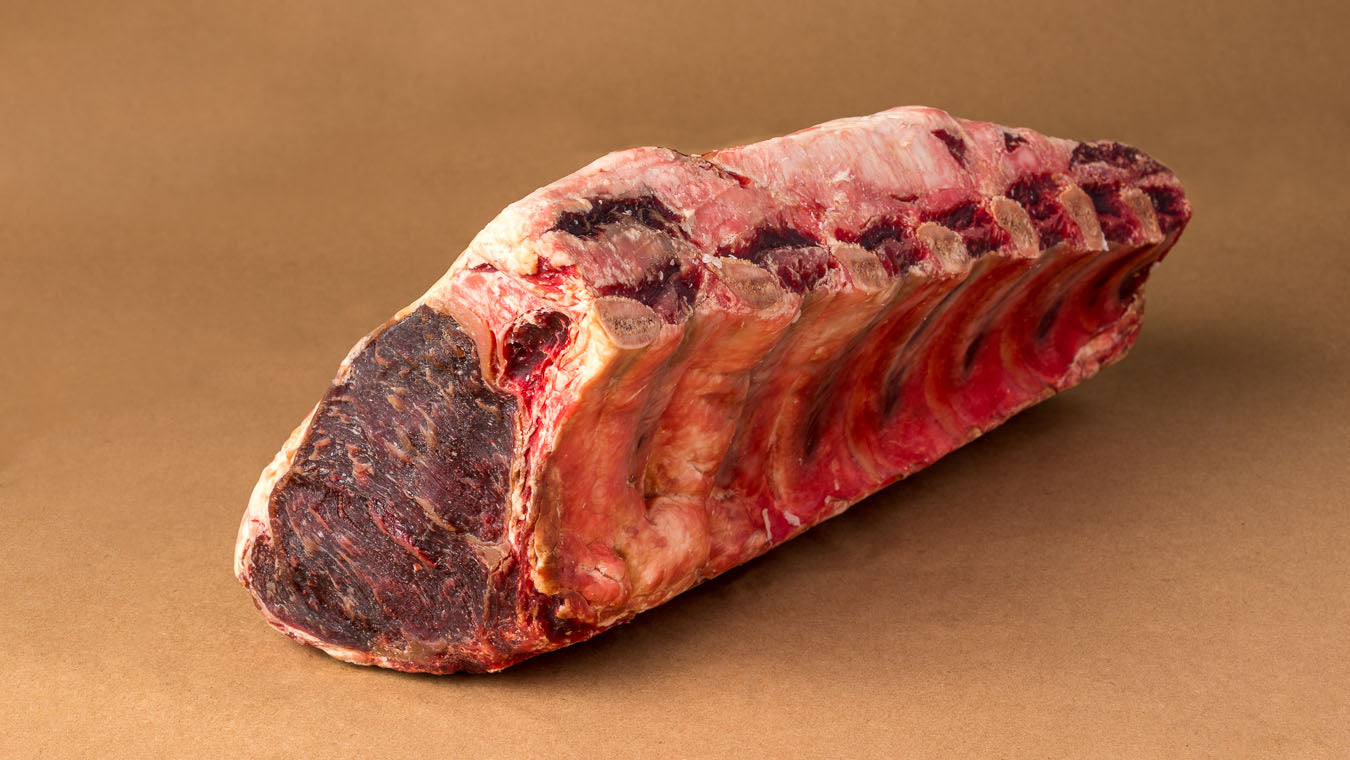Meat aging is a technique that was first used by hunters to preserve the game they had just killed. This practice was later lost until Americans rediscovered and popularized it in the mid-20th century.
This meticulous process, which can also be called "maturation," tenderizes the meat and enhances its flavor. Thus, the more time passes, the more tender and flavorful it becomes.
Contrary to some beliefs, meats consumed quickly after slaughter are tougher and less flavorful. Generally, the cuts you find in grocery stores are aged between 7 and 12 days, while this period ranges between 14 and 28 days in butcher shops.
There are two aging methods: dry aging or vacuum aging. Many butcher shops age their meat vacuum-sealed, a cost-effective technique, but which provides a less interesting taste in our opinion, which is why we prefer the dry aging process.
Dry aging consists of storing meat cuts in the open air in a cool environment, above freezing point and below 5 °C, with controlled humidity and ventilation. This process allows the water contained in the meat to evaporate, causing a weight loss of up to 30% of its initial weight, but a concentration of flavors.
Moreover, meat aging allows the proliferation of certain enzymes that gradually eliminate connective muscle tissues, which promotes tenderization. The longer it is aged, the more these fibers disappear to achieve optimal tenderness.
DID YOU KNOW...
Dry aging does not apply to all meats: its purpose being to tenderize the flesh, it is mostly practiced on beef, lamb or duck.

